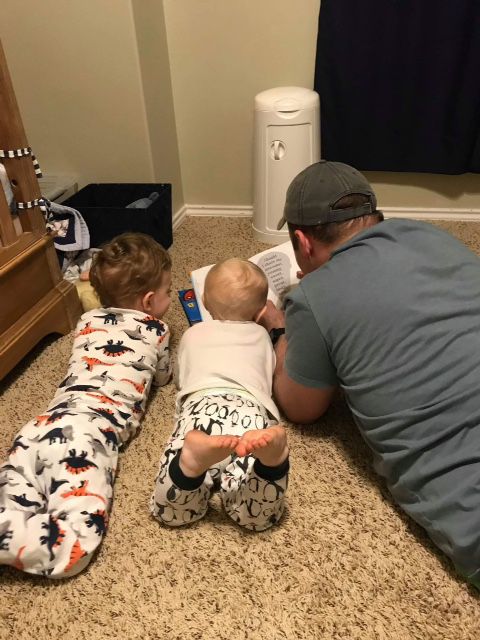Making the Most of Book Time with a Child
- 27 July 2018
- Jerri Pirc
After almost four decades working as a speech language therapist/pathologist (depending on where you live), there is little that surprises me. There is one thing, however, that continues to blow me away and that's rediscovering from time to time that some adults honestly don't know how to engage children with a book. Often I see shared book time as a Q & A with adults applying a quick fire of questions, usually, "What's this?", in such rapid succession that the book becomes a hurried blur to the finish. Often with each page the adults use questions such as "Can you find the _?" or "Show me the_." Mind you, neither approach is totally incorrect; it's just that there are better ways.
In today's blog I want to share a tried-and-true approach for reading with children that SLTs use. Many adults naturally use this strategy and don't even realize it's a technique applauded by language experts.
Today's strategy
Start by counting to 5, using your fingers either literally or in your head.
The formula is simple, 4 comments, THEN, a question.
Repeat the 5 finger count down for each page.
Comments can be anything relevant you want to share about the picture. The idea is that you feed in new vocabulary before expecting a response. Often by questioning a child to death, the book becomes a test instead of a special time to read and share and snuggle. Comment, comment, comment, comment, then ask a question. It's not so hard; just talk about what you see.
Examples of comments include the following:
Use descriptive words like adjectives.
"The farmer's dog is big."
"The old truck is noisy."
Use words that tell location.
"The nest is at the top."
"Momma bird is beside the nest."
Use phrases that stretch their imagination or help them formulate questions.
"I think they are going on a trip."
"That's a funny way to build a bridge."
Use different action words than what's shown in the text.
"The car rumbled down the road."
"The ball spiraled through the air."
Talk about letters and sounds on the page.
"Boy starts with a "b" sound."
"Big starts with a "b" sound too."
Here's an actual sample from a shared reading of my book, Kate and Caboodle.
- "The bull is really big."
- "Kate must be so strong."
- "Now the bull is in the truck sitting by the dog."
- "Oh no, look at the wheels!"
- "What is happening?"

You've loaded in lots of new information, so answering a question is going to be easier. Pick a question geared towards the child's level of understanding. Respond to his/her answer. Turn the page and repeat.
In my next blog I will talk specifically about the hierarchy of questions from easiest to most difficult.
Until then, give this strategy a go and let me know how it went. I'd love to hear from you. As always, please do share and subscribe to my newsletter.
Jerri
